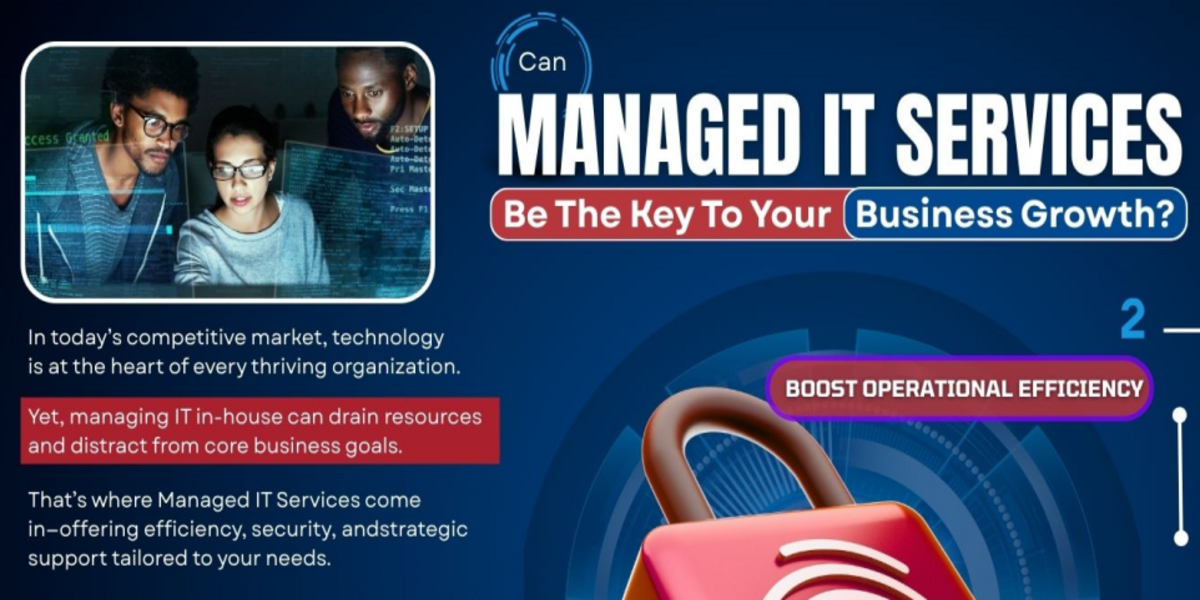Employee satisfaction has emerged as an important factor to gauge the performance of an organization. Today, the corporate world doesn’t consider an enterprise a successful entity or a role model for peers no matter how much profit it has been racking. The growing importance of employee satisfaction has pushed organizations to embrace a proactive approach for it. Decades of corporate history tell us that HR departments have always been instrumental in keeping the workforce satisfied with employers. Similarly, contemporary HRM practices also have a key role to play in guaranteeing employee satisfaction.
Large corporate entities have understood the HRM connection for employee satisfaction. Therefore, they have transformed their human resource departments with the required HRM elements. On the other hand, small and medium-scale businesses haven’t fully embraced HRM solutions, primarily due to resource constraints. This piece particularly talks to them.
In this post, we will shed light on how good human resource management directly impacts employee satisfaction. The following discussion will also dispel the notion that organizations incur hefty outlays to introduce state-of-the-art HRM practices in their operations.
What Is Employee Satisfaction and How HRM Practices Affect It?
Payroll Management
Payroll management is among the top tasks of any HR team. When organizations implement modern and improved HRM practices, it certainly improves payroll management as well. The improved payroll management involves automated payslip generation within the prescribed closing date. Moreover, it makes sure that every employee can access their payslip without asking the HR desk. Usually, HRM software applications make this streamlining of payroll management possible. HR representatives have to initially feed and configure the software with the employee data and salary details. Once the software is configured, it can generate payrolls with the right details like clockwork. Even if there is a change in the pay scale/designation, HR people don’t have to revise the payrolls from scratch. They can make the changes in the existing database to run this well-oiled automated payroll mechanism.The Effect
It is vital to understand that how this robust payroll management improves employee satisfaction.- Automated payroll management rules out human errors. These errors often create tension between employees and HR employees at the end/start of the month.
- Manual payroll generation can face delays when an HR department is already overwhelmed with work. Delayed payroll means delayed salary reimbursement, and no employee likes to wait beyond the due payment date.
- When employees know that an automated software-backed system generates their payrolls, they don’t get unnecessarily doubtful about the calculations.
- Good payroll management also entails giving unassisted payslip access to the employee. In other words, employees don’t have to ask the HR desk to show them their payslip. They can see it as many times as they want without any permission and check.
Benefits and Leave Management
Good HRM practices also entail well-thought-out benefits and leave management. Any robust HRM software has features to establish responsive and effective benefits and leave management. For instance, HRM software provides HR people a bird’s eye view of the benefits status of every individual employee. This better visibility improves the delivery of benefits where employees don’t have to send constant reminders to the HR department. Similarly, employees don’t have to guess and eventually ask HR representatives about which benefits are available. Leave and time-off portals are among the most significant examples of how good benefits management can improve employee satisfaction. Top HRM software applications feature a time-off management section that allows employees to apply for leaves from their self-service portal. On the other hand, managers and HR people receive those requests on their end and approve them then and there. In short, an employee can get their leaves approved through a couple of clicks without orbiting HR and the manager’s desks. Similarly, they can track their remaining leaves on the same portal without visiting the HR desk. This seamless experience for leave approval that doesn’t involve exhaustive email exchanges and personal biases is a recipe for improving employee satisfaction.SimplyHRMS: An Application to Introduce Various HRM Practices
As mentioned earlier, many SMEs don’t consider embracing modern HRM practices because they don’t have the resources. The arrival of SimplyHRMS in the market has changed that convention. Now, organizations don’t have to spend a lot of money to implement good HRM practices. SimplyHRMS offers a list of HRM practices and elements to small and medium-sized enterprises at shoestring.
Organizations can have state-of-the-art payroll, benefits, training, and employee management from the interface of this lightweight, web-enabled HRM solution. You won’t need dedicated budgeting and infrastructure revamp to deploy SimplyHRMS in your organization.
Explore Microsys’ website to find out more about this cost-effective and efficient HRM system that can become a catalyst for the improvement of employee satisfaction. Microsys is an emerging IT firm whose mission is to deliver affordable and high-quality technology solutions that enable small, medium, and enterprise businesses to meet their goals more efficiently.




